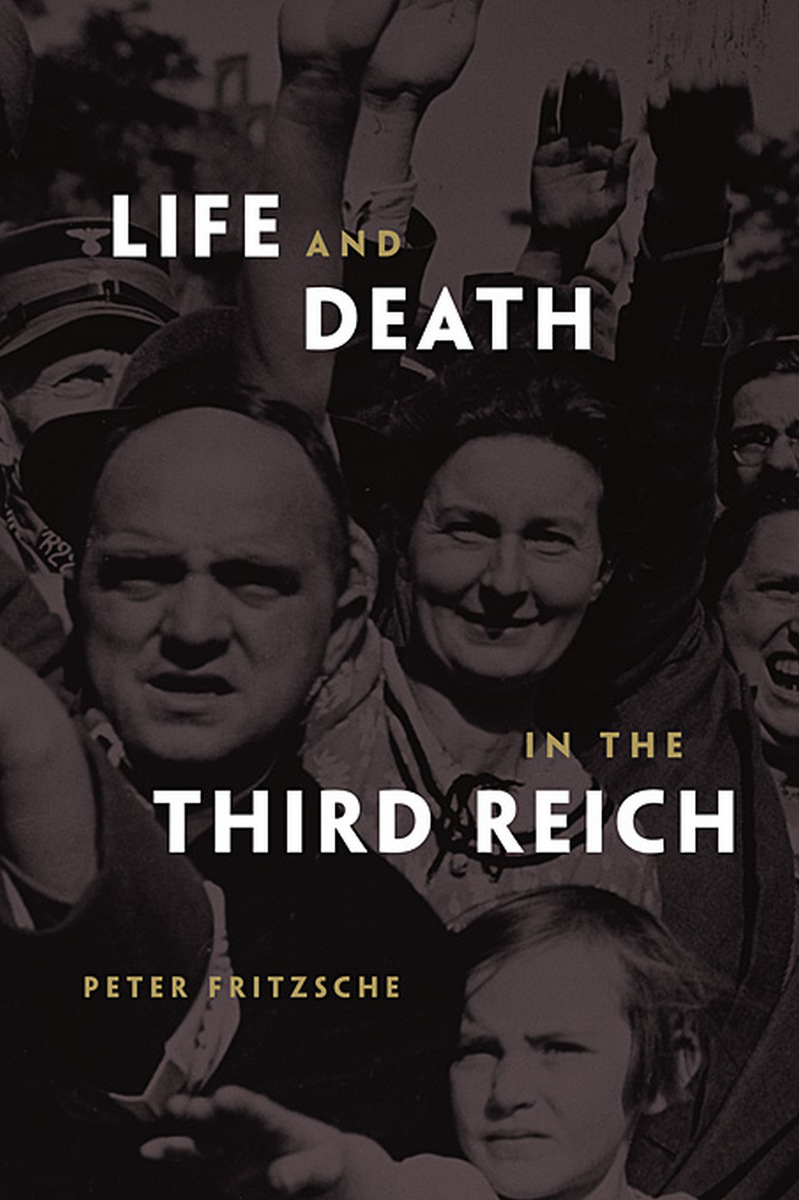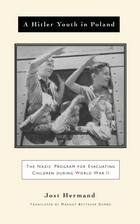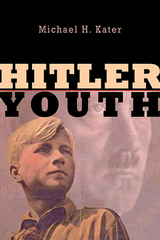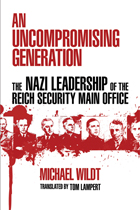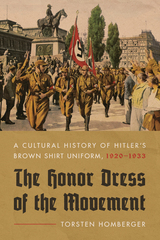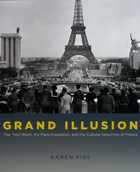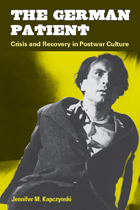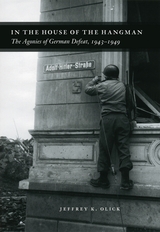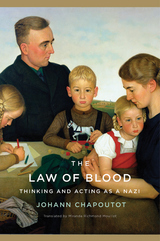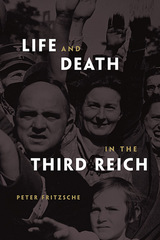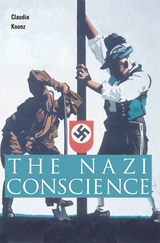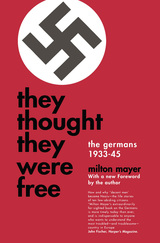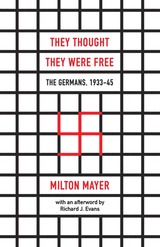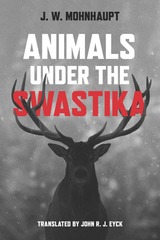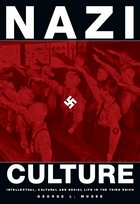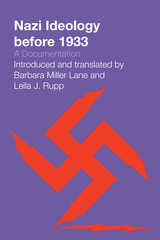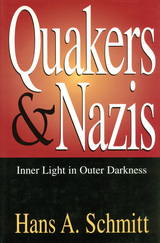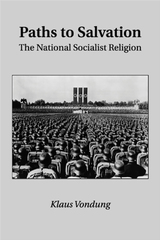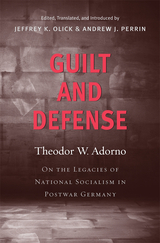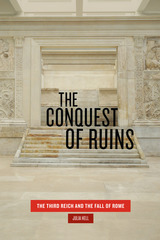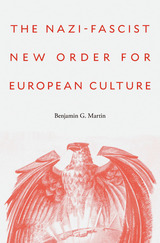A provocative revisionist view of the Third Reich and the complex relationship of Germans to it. This book, more than any other I know, conveys the complex nature of day-to-day life in Nazi Germany from the perspective of its political leaders, German citizens, and Jewish victims. In many ways, Fritzsche's interpretation of National Socialism and its supporters is far more unnerving than a view of a terrorized, hypnotized populace. The book offers not only an admirable analytic clarity but also passages of such human pathos that they leave the reader quaking.
-- Thomas Childers, author of In the Shadows of War
What makes this thoroughly engrossing account of everyday life in Nazi Germany so important is Fritzsche's ability to show how the ideology of racism enveloped not only the public but also the private sphere and eventually informed all thought and action in this empire of death. This is a major achievement.
-- Modris Eksteins, University of Toronto
Fritzsche has written an extraordinary book--a short, compelling, and yet comprehensive history of the Third Reich. It unfolds a masterful narrative of a regime that set out to restore a nation and in the process turned Europe into a killing field. This history familiarizes the reader with the key events as they unfolded and with contemporary reflections on them in diaries and letters. We come to the quite shocking recognition that these ruminations capture a conversation, for good and evil, that continues to the present day.
-- Michael Geyer, University of Chicago
With remarkable vision and poise, Fritzsche guides us through the interior of the Third Reich's racial imaginary to explore the terrible effectiveness of the efforts required of Germans in thinking themselves into the morally coercive world of the Volksgemeinschaft. Commanding the vast literatures on Nazism with enviable facility, he seamlessly combines major themes with a keen eye for the telling detail. This is one of the most illuminating reflections on the popular history of the Third Reich in many years.
-- Geoff Eley, University of Michigan
Fritzsche effectively takes up one of the key controversies surrounding the Third Reich: to what extent were the German people accomplices of the regime?...Others have argued that the German people were either manipulated and deceived by, or converted to, Nazism. Fritzsche provides a more nuanced argument that the Nazis were quite successful in winning the people's support, but it took time and effort...Fritzsche mines diaries and letters written by the famous and well-placed as well as the unknown, to show that the prospects of German grandeur and unity resonated deeply with many people, even when it meant a hugely destructive war and the genocide of the Jews. Fritzsche offers a significant interpretation of Nazism and the German people, and writes with a vibrancy that is not often found in studies of the Third Reich.
-- Publishers Weekly
[A] fascinating book...Fritzsche's book demolishes the myth of contemporary ignorance about the Shoah and the artificial divide between the apolitical Wehrmacht and the evil SS. As the aerial bombing campaign destroyed German cities, the citizenry transformed their status as perpetrators and beneficiaries of Nazi policy into that of victims, thereby quelling postwar confrontation with reality for more than a generation. Fritzsche's book demonstrates that there are still numerous areas of the Nazi era in which historians may delve.
-- Frederic Krome Library Journal (starred review)
Peter Fritzsche's book is one that will undoubtedly court controversy. His aim is to show that "more Germans were Nazis" and that Germans were "more National Socialist" than had been previously accepted...This book combines a compelling historical narrative with a thought-provoking analysis.
-- Lisa Pine Times Higher Education Supplement
Fritzsche writes with his customary flair and verve, and packs an enormous amount into a relatively short volume...His immensely readable and intelligent book makes superb use of letters and diaries to communicate the experience of ordinary people under Nazism in a way that few other historians have been able to do.
-- Richard J. Evans New York Review of Books
What Peter Fritzsche does so well in his new book, Life and Death in the Third Reich, is show the systematic breakdown and reshaping of a society...Fritzsche paints such a nuanced and exhaustively researched portrait of German National Socialism that in the end it just doesn't suffice simply to call the Nazis architects of death. They were, of course, but the political wave they rode in on was something of a phenomenon. So adroit were the Nazis at all-consuming manipulation that they were able to essentially recast the entire destiny of a country in such a way as to make the Holocaust actually seem to make sense, at least in the context of their own barbaric political framework.
-- Jeffrey White PopMatters.com
Fritzsche combines the most recent research with his own investigation of primary sources to create an important synthesis of National Socialist goals and ideology among the ordinary citizenry of the Third Reich.
-- J. Kleiman Choice
